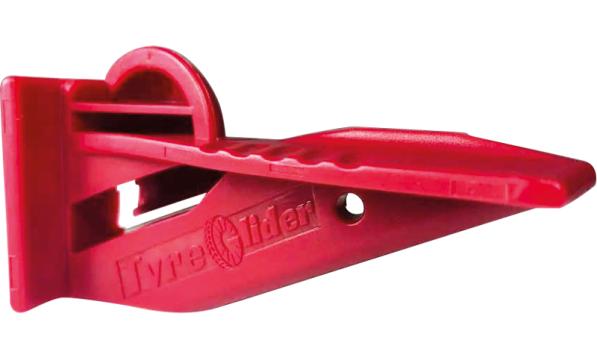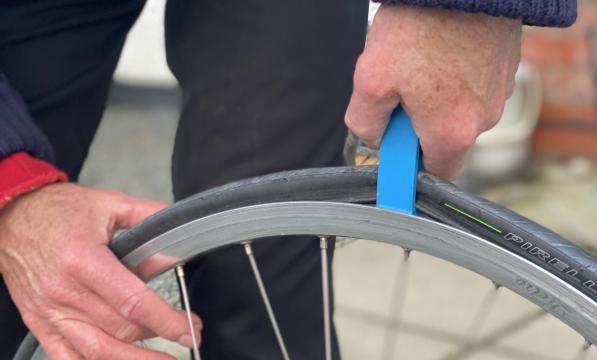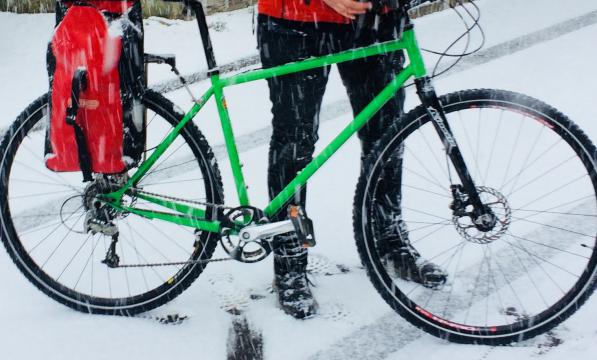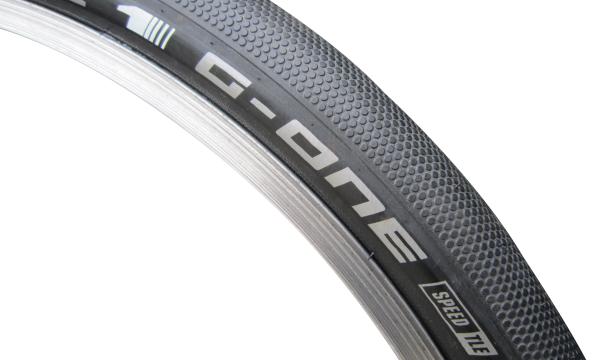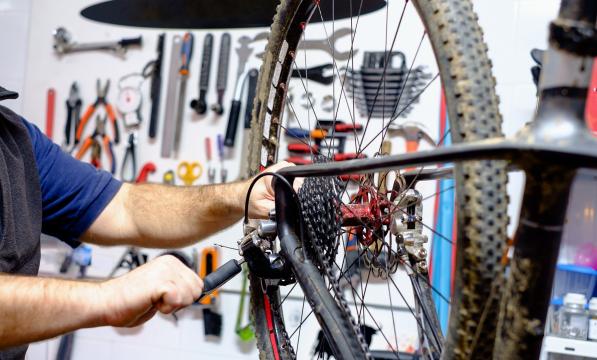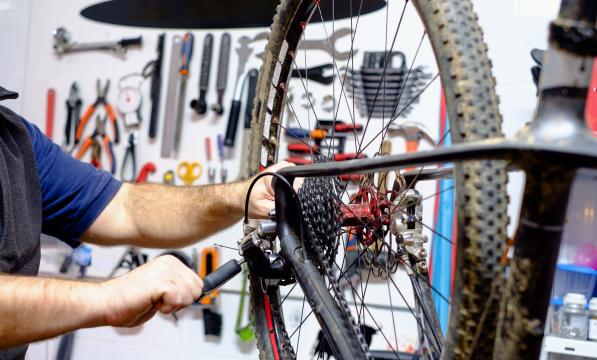What tyres will fit my bike?

Measurements in inches like 26×1 1/2 are approximate, while French terms like 650×40B are even more confusing.
To cut through this chaos you need to know the tyre’s ISO (International Organisation for Standardisation) designation. You may see also this referred to as its ETRTO (European Tyre and Rim Technical Organisation) designation. They’re the same thing.
The ISO designation is stamped on the side of the tyre: two digits, a dash, then three more digits. It looks like this: 32-622.
The number before the dash is the tyre width in millimetres. The number after is the tyre’s diameter in millimetres – the inner diameter, where it sits on the rim, not the outer diameter from the ground to the top of the inflated tyre.
The outer diameter is the ISO diameter plus twice the width, so a 28-622 tyre’s overall diameter is 678mm (i.e. 622+28+28).
Rims have an ISO designation too, but it’s written differently, diameter first, width second, like this: 622×19.
The width is the rim’s internal width, where the tyre sits. If it’s not shown, measure the rim’s external width and subtract 6mm.
Will it fit?
If the tyre and rim ISO diameters match, the tyre will go on the rim. That doesn’t mean it should.
A thinner rim suits a narrower tyre; a wider tyre needs a wider rim to support it.
Cycling UK’s article about tyre sizes has a handy formula for matching tyre widths to rim widths: the ideal ratio is roughly 1.8 to 1.
So a 23mm tyre is just right on a 13mm rim (13×1.8=23.4). If you’d rather not do any maths, Schwalbe has a chart.
Tyre and wheel size is also limited by the space available in the bike’s frame, fork and mudguards.
To get an idea of whether a different size will fit, check the tyre’s listed ISO width – and for different wheels, the radius (half the overall tyre diameter) – against the gaps in your bike’s frame, fork and mudguards.
Tyre tips
ISO tyre diameters are reliable but widths vary; some 32mm tyres, for example, are narrower than others. To determine a tyre’s exact width on a particular rim, you need a Vernier calliper to measure it.
Tubeless tyres use wider rims. The ratio of tubeless tyre width to rim width may be significantly different from 1.8:1.
Tubeless rims and tyres can be stubbornly tight fitting. They need to be so they don’t ‘burp’ air and sealant. To go tubeless, tyre and rim must both be tubeless ready. If either or both aren’t, stick with inner tubes.


